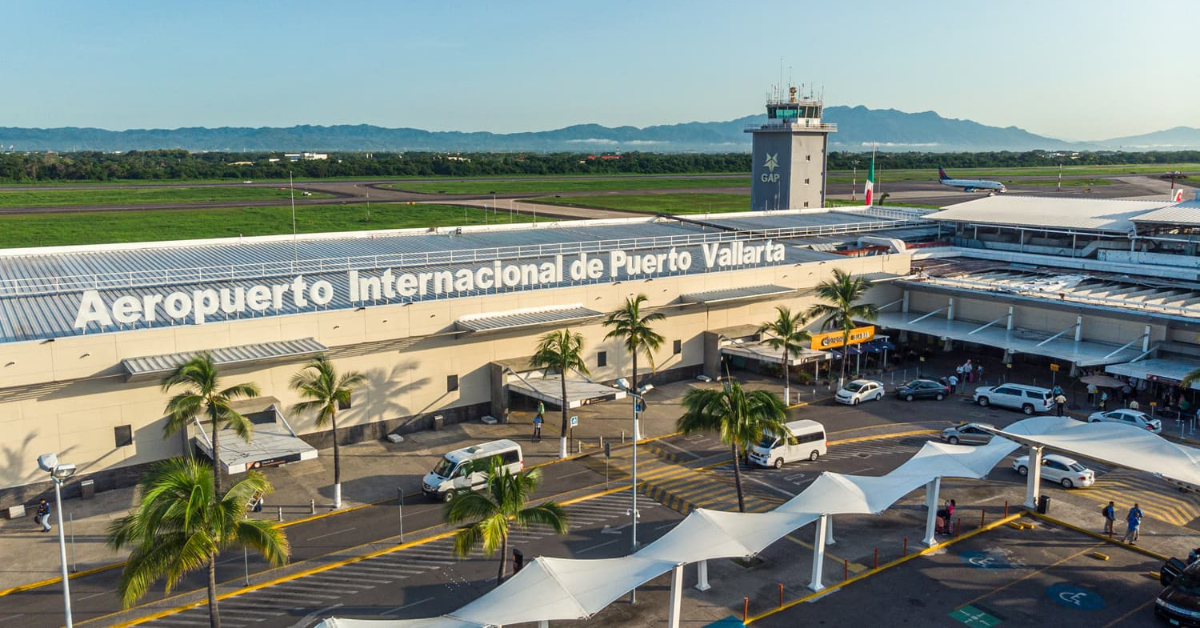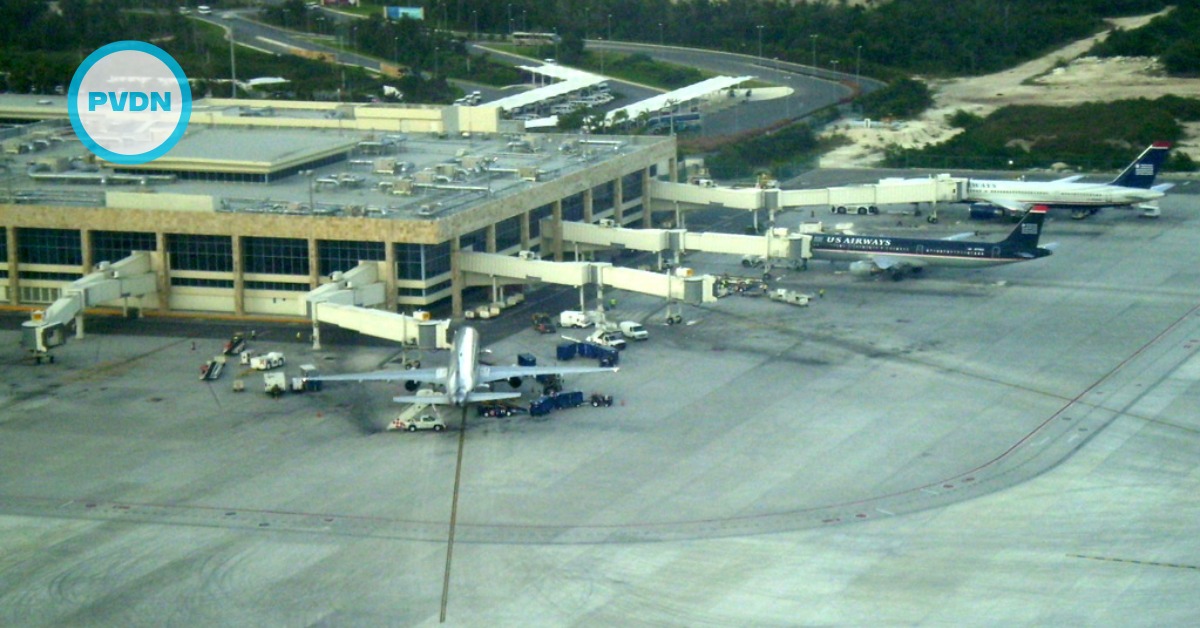Puerto Vallarta air traffic surged 11.2% in May while Cancun saw a 4.2% decline, reflecting shifting travel patterns in Mexico’s busiest airports and signaling renewed interest in regional tourism.
Passenger traffic at Mexico’s leading airports showed mixed results in May 2025, with Puerto Vallarta recording one of the strongest gains among the nation’s major gateways even as Cancun slipped into negative territory. Overall, the three main private airport groups—Asur, GAP and OMA—handled 10.2 million travelers in May, up 1.8% from the same month last . . .





